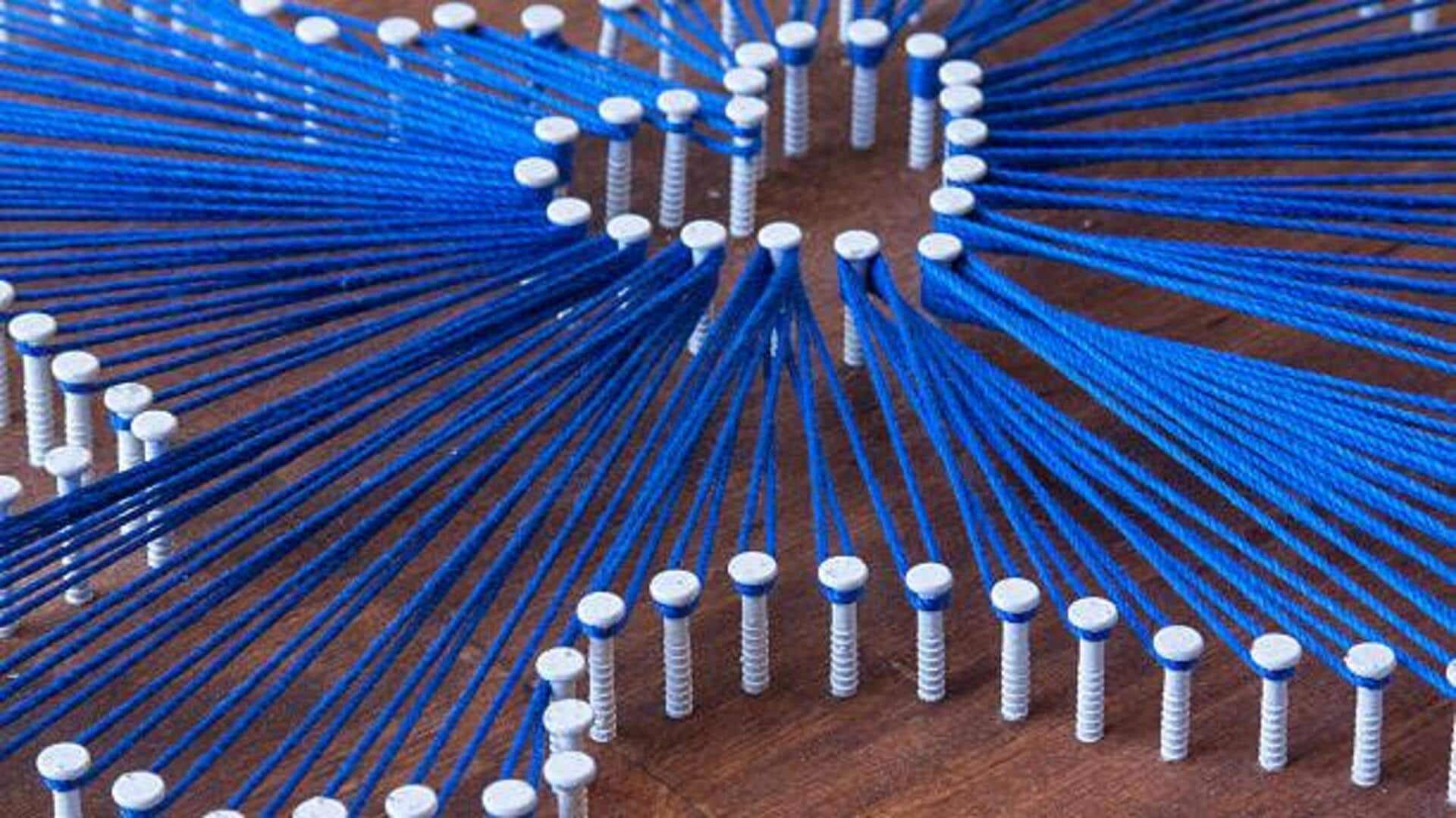
Exploring the evolution of string art
What's the story
African string art is undergoing a transformation, blending traditional techniques with modern aesthetics. This evolution reflects the continent's dynamic cultural landscape, where artisans are experimenting with new materials and designs. The fusion of old and new not only preserves the heritage but also appeals to contemporary tastes. As a result, African string art is gaining recognition both locally and internationally, showcasing the region's creative potential.
#1
Traditional techniques meet modern design
Artisans are now mixing traditional African string art techniques with modern design elements. This fusion allows them to create pieces that are both culturally significant and visually appealing to a wider audience. By adding geometric patterns and vibrant colors, these artists are making their work more accessible to those unfamiliar with traditional African art forms.
#2
Use of innovative materials
The evolution of African string art has also seen the introduction of innovative materials. While traditional works may have used natural fibers, today, artists are experimenting with synthetic threads and recycled materials. These alternatives not only expand creative possibilities but also make the art more sustainable. The use of these materials reflects a growing awareness of environmental issues among artisans.
#3
Expanding global reach through online platforms
Online platforms have been instrumental in expanding the reach of African string artists beyond their local communities. Social media sites provide a platform for artists to showcase their work to global audiences, leading to increased demand and opportunities for collaboration. This digital exposure enables artists to connect with collectors and enthusiasts worldwide.
#4
Economic impact on local communities
The evolution of string art is also having a positive economic impact on local communities in Africa. As artists gain recognition, they are able to sell their work at higher prices, leading to increased income levels within these communities. Additionally, the growing interest in this art form has led to the establishment of workshops and educational programs that further support economic development.